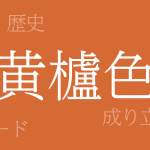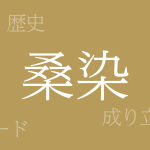Color is a mirror that reflects culture. The Japanese traditional color “Kōrozen” (黄櫨染 – こうろぜん) is one of the hues woven from Japan’s nature and history. This deep, warm color has been rooted in Japanese life from ancient times. This article delves deeply into the allure of Kōrozen, unraveling the stories this color conveys today.
About Kōrozen (黄櫨染 – こうろぜん)
Kōrozen (黄櫨染 – こうろぜん) is a traditional Japanese dye color. It is created using dyes extracted from the sumac tree (Nurude – ぬるで), presenting a unique, subdued yellowish-brown. Known as a natural dye, Kōrozen has been used in various traditional crafts such as kimono and Japanese paintings.
The History of Kōrozen
The history of Kōrozen dates back to the Nara period, with documented use of this color. During the Heian period, it was favored among the nobility for clothing and decorations. By the Edo period, it had spread among the common people, appearing in garments such as firefighter’s coats. Over time, various shades have evolved, enriching Japanese color culture.
Color Codes for Kōrozen
To replicate traditional colors in digital design and web design, color codes are essential. Below are the color codes representing Kōrozen:
- HEX: #D66A35
- RGB: R:214 G:106 B:53
- CMYK: C:19 M:71 Y:83 K:0
Western Names for Kōrozen
The Western names for Kōrozen are ‘Cochineal Brown’ or ‘Gardenia Brown’. These names derive from similar hues of dyes or plants in the West and are used in international color communication.
Conclusion on Kōrozen
Kōrozen represents one of the traditional colors of Japanese culture, cherished for its history and beauty. Even today, this color draws attention in the worlds of fashion and design, offering new inspiration. As tradition and innovation intersect, Kōrozen will continue to add profound richness to our lives.

























